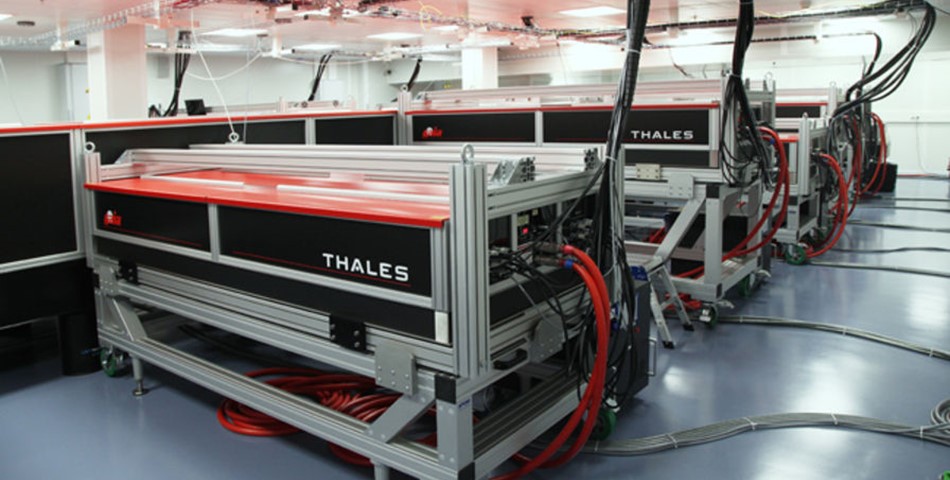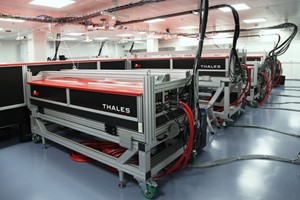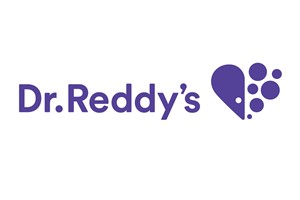In a groundbreaking development, researchers at the European Union’s Extreme Light Infrastructure (ELI) center, situated near Bucharest, Romania, have unveiled the world's most potent laser system. Developed by the renowned French technology company Thales, this cutting-edge equipment promises to revolutionize various fields, including space exploration, healthcare, and industrial applications.
Harnessing concepts that have earned Nobel prizes, the laser system at ELI generates the shortest and most robust laser pulses ever witnessed. By amplifying, compressing, and extending an incredibly brief laser pulse over time, researchers have overcome a significant limitation in laser technology: boosting power while maintaining safety standards.
This breakthrough technology not only holds promise for enhancing corrective eye surgery but also enables researchers to continually increase the power of lasers, paving the way for unprecedented advancements.
Despite their six-decade-long existence, lasers still harbor vast untapped potential, according to experts. If energy efficiency can be further optimized, lasers could unlock remarkable possibilities in energy generation, healthcare, and industrial processes.
One notable milestone in laser technology is the Berkeley Laboratory's receipt of the BELLA laser accelerator from Thales in 2012. This accelerator, which concentrates all its energy into a pulse lasting about thirty femtoseconds, marked the first instance of producing a petawatt of power, equivalent to one million billion watts.
In 2018, Gérard Mourou and Donna Strickland were awarded the Nobel Prize in Physics for their pioneering work on chirped pulse amplification, a method that produces ultra-short, high-intensity laser pulses. Thales, in collaboration with Mourou, has now achieved an unprecedented peak power of 10 petawatts with the laser system at ELI, surpassing previous milestones.
The ELI laser system, boasting a peak power capable of producing a flash equivalent to that of a hundred thousand billion light bulbs in less than a femtosecond, represents a colossal advancement in laser technology. This achievement is housed within a state-of-the-art facility valued at 320 million euros, primarily funded by the European Union, marking Romania's significant investment in scientific progress.
The potential applications of high-power lasers span various critical fields. In medicine, they offer precise cancer treatment through proton or electron beam therapy and facilitate medical imaging and isotopic tracer production. Furthermore, they hold promise in revolutionizing industrial processes by detecting defects in components and identifying hazardous substances.
According to Christophe Simon-Boisson of Thales, high-power lasers will play a pivotal role in future energy plans, particularly in nuclear fusion research aimed at delivering clean, safe, and waste-free energy.
Moreover, the application of powerful lasers extends to space exploration, where they could aid in cleaning up space debris and treating nuclear waste by accelerating its radioactive decay.
interestingengineering.com













